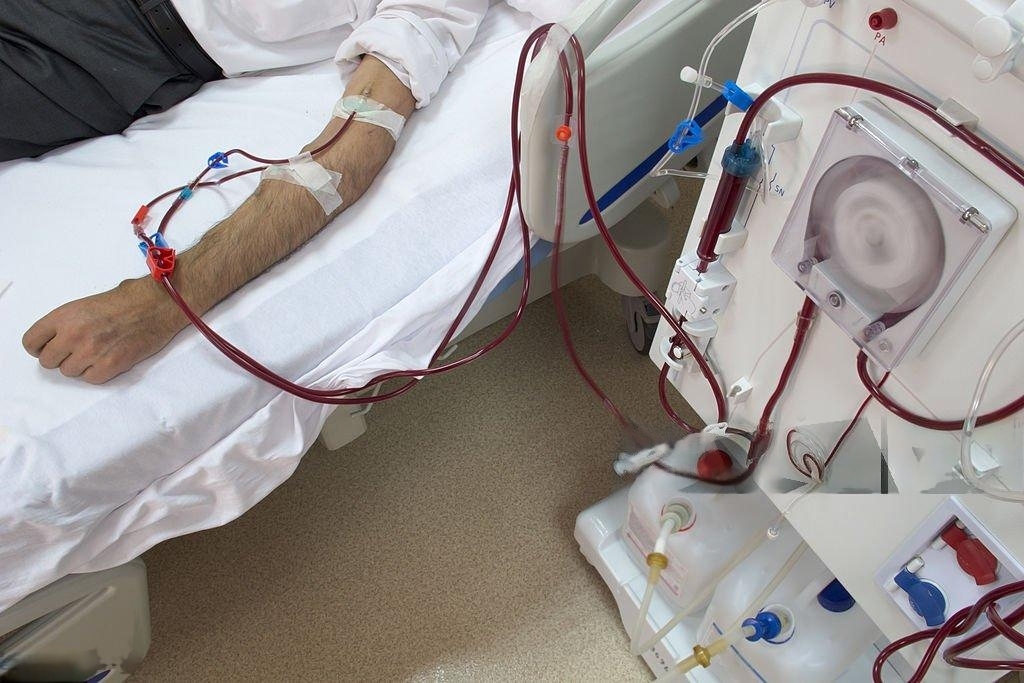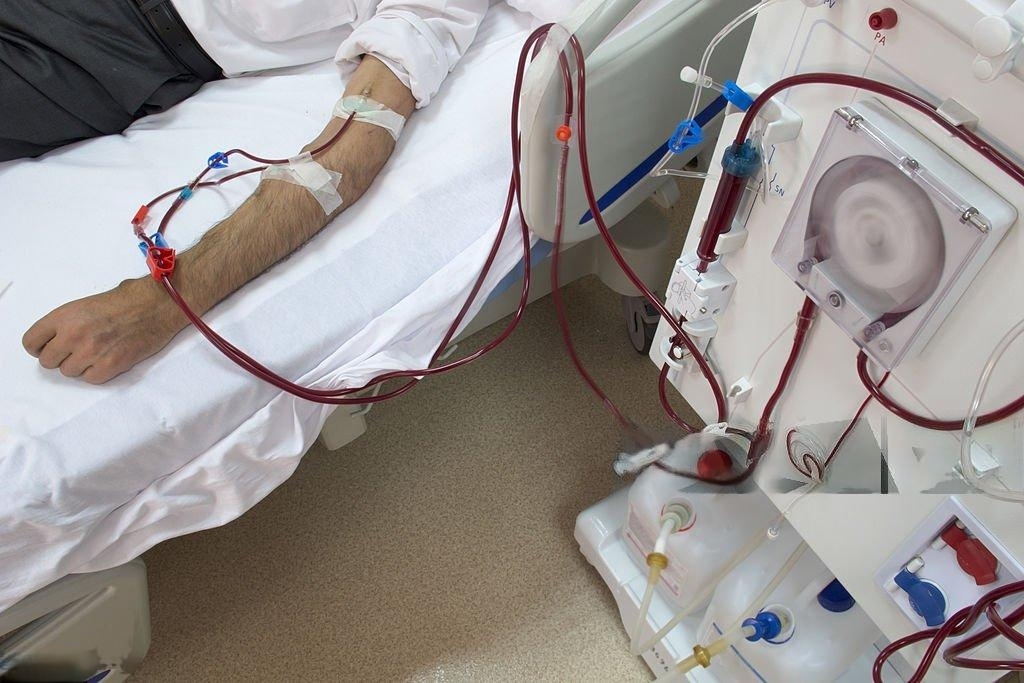What is Dialysis? A detailed overview.
Dialysis is a medical treatment used to filter and clean the blood when a person’s kidneys can no longer do so on their own. It is commonly needed for patients with chronic kidney disease (CKD) or those suffering from kidney failure, where the kidneys lose their ability to filter out waste, excess fluids, and toxins from the blood. Dialysis helps to balance the body’s fluids and electrolytes, preventing harmful buildup.
There are two main types of dialysis:
1. Hemodialysis
Hemodialysis is the most common form of dialysis. In this procedure, a machine filters the patient’s blood outside the body.

How it Works:
- A dialysis machine is connected to a patient via a vascular access, usually in the arm or leg.
- Blood flows out of the body through tubes into the machine, where it passes through a filter called a dialyzer or an “artificial kidney.”
- The dialyzer contains a semipermeable membrane that allows toxins, waste products, and excess fluids to pass through but keeps essential blood cells and proteins.
- After being filtered, the clean blood is returned to the body.
Frequency:
Hemodialysis typically needs to be done 3 times per week, with each session lasting around 4 hours. It can be performed in a dialysis center or at home, depending on the patient’s health and personal preferences.
Advantages:
- Can efficiently filter a large amount of blood.
- Controlled by healthcare professionals when done in a center.
- Can be done overnight or at home with the right setup.
Challenges:
- Time-consuming with frequent trips to a dialysis center.
- Some people experience fatigue after treatments.
- Risk of infection at the access point.
2. Peritoneal Dialysis (PD)
In Peritoneal Dialysis, the patient’s peritoneum, a membrane in the abdomen, is used to filter the blood. This form of dialysis is often done at home.

How it Works:
- A soft tube called a catheter is surgically placed in the abdomen.
- A sterile cleansing solution, called dialysate, is infused into the peritoneal cavity.
- The peritoneum acts as a natural filter, allowing waste products and excess fluids to pass from the blood into the dialysate.
- After a few hours, the dialysate, now containing waste, is drained from the abdomen and replaced with fresh fluid.
Types of Peritoneal Dialysis:
- Continuous Ambulatory Peritoneal Dialysis (CAPD):
- No machine is required.
- The patient manually performs exchanges of dialysate about 4-5 times a day.
- Automated Peritoneal Dialysis (APD):
- A machine performs the fluid exchanges, usually while the patient sleeps.
Advantages:
- Can be done at home or even while traveling.
- More flexible schedule.
- Gentler on the body, which can be beneficial for some patients.
Challenges:
- Requires surgical placement of a catheter.
- Risk of peritonitis, an infection of the abdominal lining.
- May not be suitable for all patients, especially those with abdominal scarring or other conditions.
Who Needs Dialysis?
Dialysis is required when the kidneys lose about 85-90% of their function, and the glomerular filtration rate (GFR) drops to 15 or below. People who need dialysis may have conditions such as:
- Chronic Kidney Disease (CKD) in the late stages.
- Acute Kidney Injury (AKI), a sudden loss of kidney function.
- Complications from other conditions like diabetes or high blood pressure, which can cause long-term kidney damage.
Life on Dialysis
Dialysis patients need to follow a strict diet and fluid restriction to prevent excess fluid buildup and maintain proper electrolyte levels. This includes controlling the intake of sodium, potassium, phosphorus, and fluids. Many also need to take medications to manage blood pressure, anemia, and bone health.
While dialysis can significantly extend life and improve quality of life, it can also be physically and emotionally demanding. For some patients, a kidney transplant is a long-term goal that can potentially eliminate the need for dialysis.
Complications of Dialysis
While dialysis is life-saving, it can also lead to complications such as:
- Hypotension (low blood pressure) during treatment.
- Muscle cramps.
- Infections at the access site.
- Blood clotting in the dialysis access.
- Heart problems due to the extra strain placed on the cardiovascular system.
Conclusion
Dialysis is an essential treatment for individuals with severe kidney problems. It helps maintain the body’s balance by removing waste, salt, and extra water to prevent them from building up in the body. While it doesn’t cure kidney disease, it can allow people to live longer and feel better. Depending on the type of dialysis, patients can manage their treatments at home or in a medical setting, giving them some flexibility in how they manage their condition.

